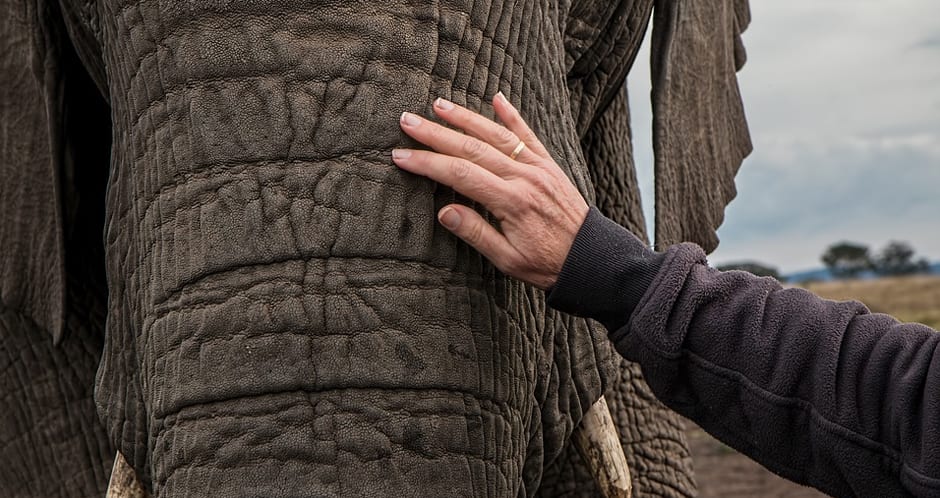
The questions we are asked most often by people approaching or transitioning to retirement are, “How much will I have to spend and how long will my money last?”
Advisers have traditionally responded by referring to Life Expectancy tables; indeed retirement income products have been built based on these tables. In this approach is a recipe for disaster.
The Tables are produced by the Australian Bureau of Statistics (ABS) and are updated every few years to reflect the changing patterns of mortality in the Australian population. A look at the 2010-12 Life Tables shows that a 65 year old female would expect to live to age 87 while a male would expect to live to age 84. But this is only useful to our retiree if they are the statistically average person. In simplistic terms these numbers are based on half the men alive at age 65 dying before age 84 and half living beyond. Clearly, to make a financial decision based on these numbers would be risky.
A further weakness of these numbers is that they are based on historical data – the ages of people at time of their death. In fact we are all living longer. If our 65 year old lady was alive in 1890 her life expectancy was 12.27 years, in 1970 she could expect to live 15.90 years while by 2012 her life expectancy had risen to 22.05 years. Perhaps this reflects what we know instinctively – we are living longer. As an interesting aside our life expectancy is one of the highest in the world with the World Health Organization ranking us 4th with only Japan, Switzerland and Singapore expecting longer lives.
The first improvement that we deliver to our retirees’ planning is to use a different set of tables which seek to reflect the trend to longer living. Trend adjusted tables are published by the ABS and by combining these with a probability weighting we can tell our male that he has a 41.86% probability of being alive at age 90 while our female has a 53.37% probability. If we are talking to a couple both age 65 we can tell them that there is a 72.89% probability that one of them will survive to age 90 and a 37.8% chance that one will be a live at age 95. Armed with this knowledge our clients will see that they need to plan for their money to last at least 30 years.
Many clients will suggest that while they may spend enthusiastically in the first few years of retirement, taking overseas trips etc., surely spending will drop off as they get older. We would counter this assumption with the knowledge that “baby boomers” will wish to continue spending as long as their health allows and that as health deteriorates the costs of health care and ultimately aged care will increase. Furthermore we have recently seen aggressive undermining of the government support for retirement living with cuts to the age pension and limitations to super tax benefits We urge clients to plan to maintain the same level of income in real terms throughout retirement.
So the big question is “how much is enough”? If you wish to be cautious and can afford to be then dividing your desired retirement income by 3.5% will give you a good idea of how much you need. If you want to retire on $60,000pa you will need a capital sum of $1.7m, if you want $80,000 you will need $2.3m and so on.
These numbers, just like the longevity statistics, do not take account of individual circumstances. You can get a more personal insight into your own life expectancy by visiting www.mylongevity.com where you will find a quiz called the SHAPE Analyser. Armed with this knowledge you should seek guidance from a retirement planning specialist who will help you determine how much capital you should aim for, when you should consider ceasing work and the best way to manage the investment side of the plan. This adviser will then work with you through retirement to help you with the yearly ups and downs of markets, the constantly changing legislative landscape and the changing circumstances of your own life.